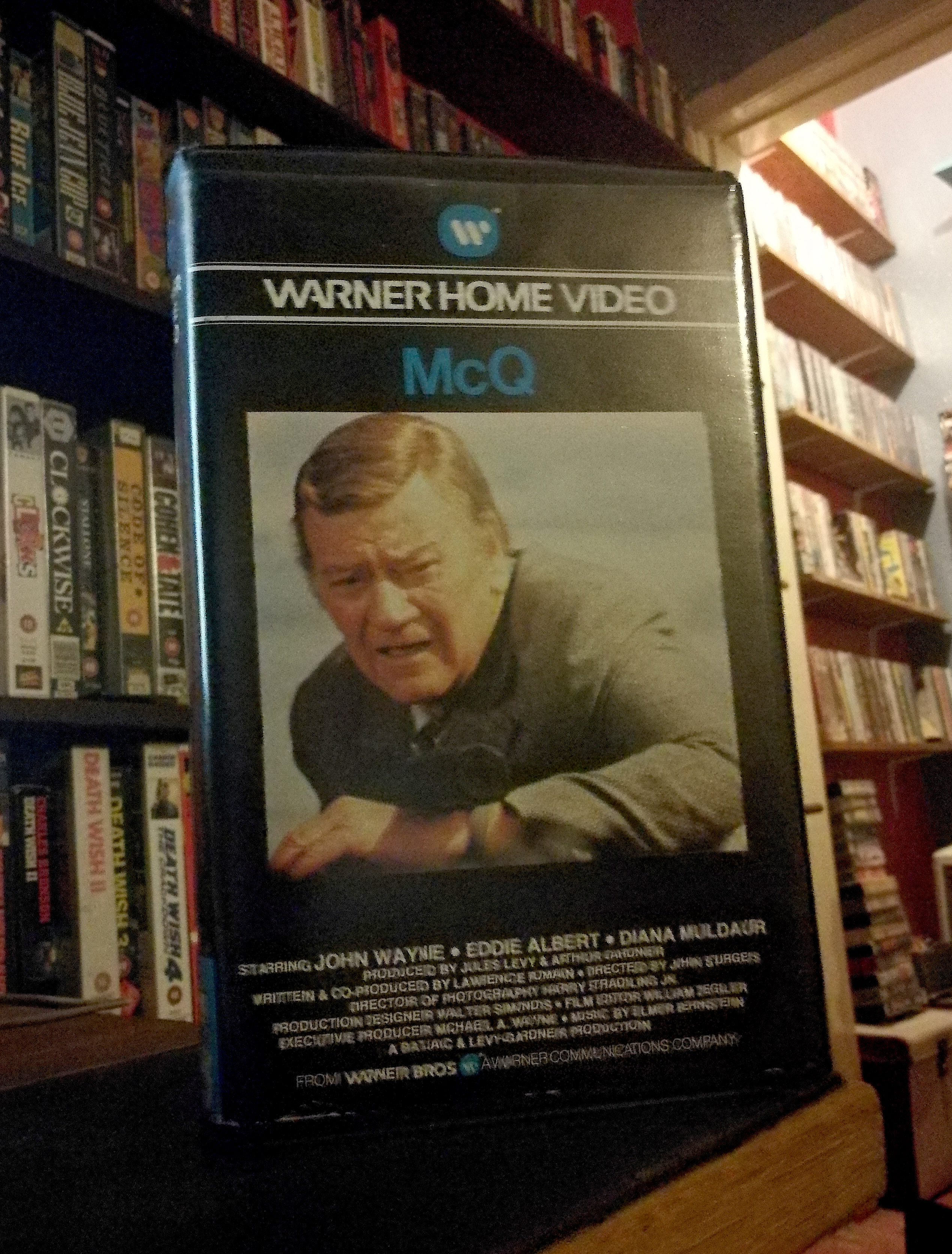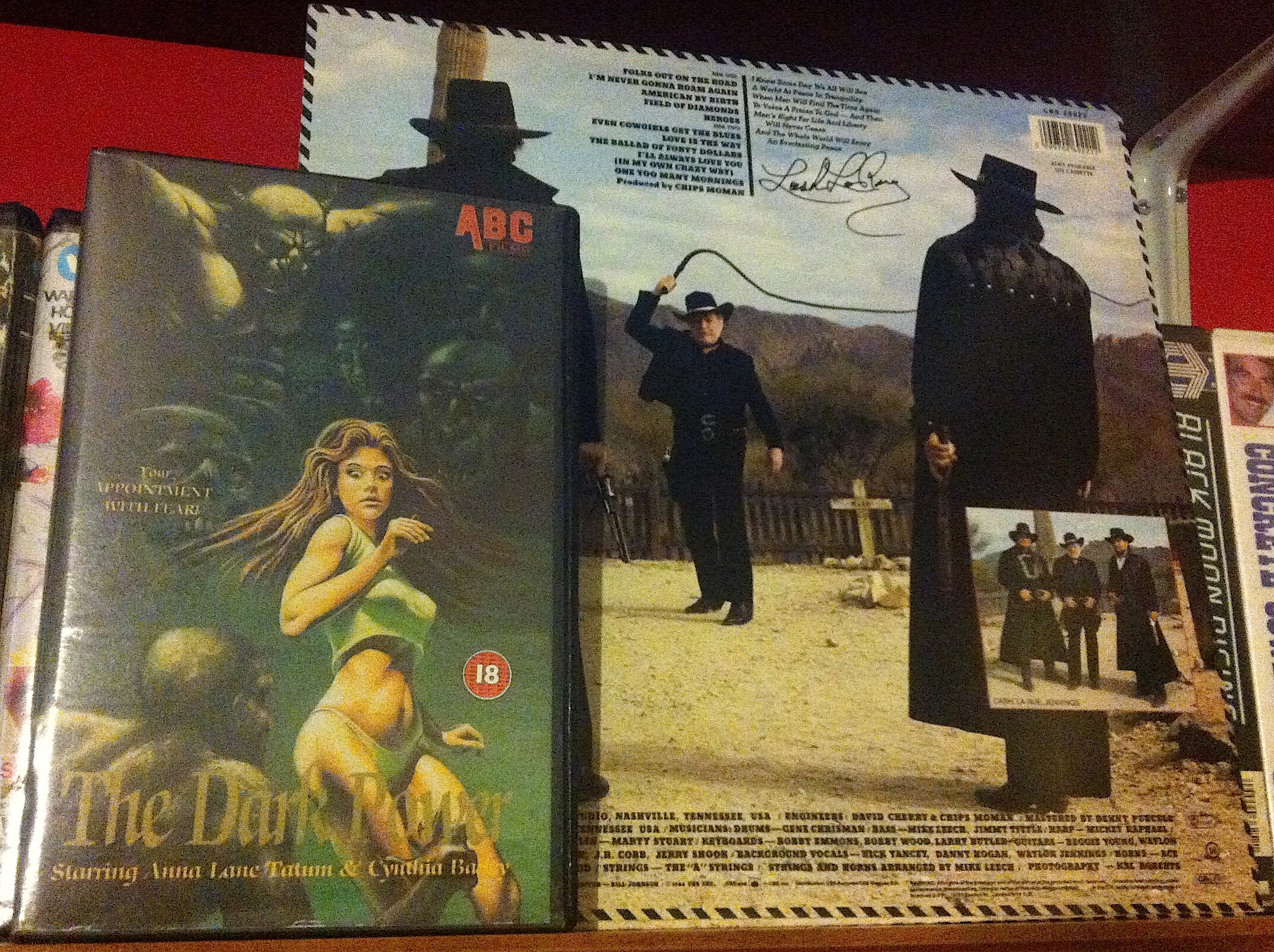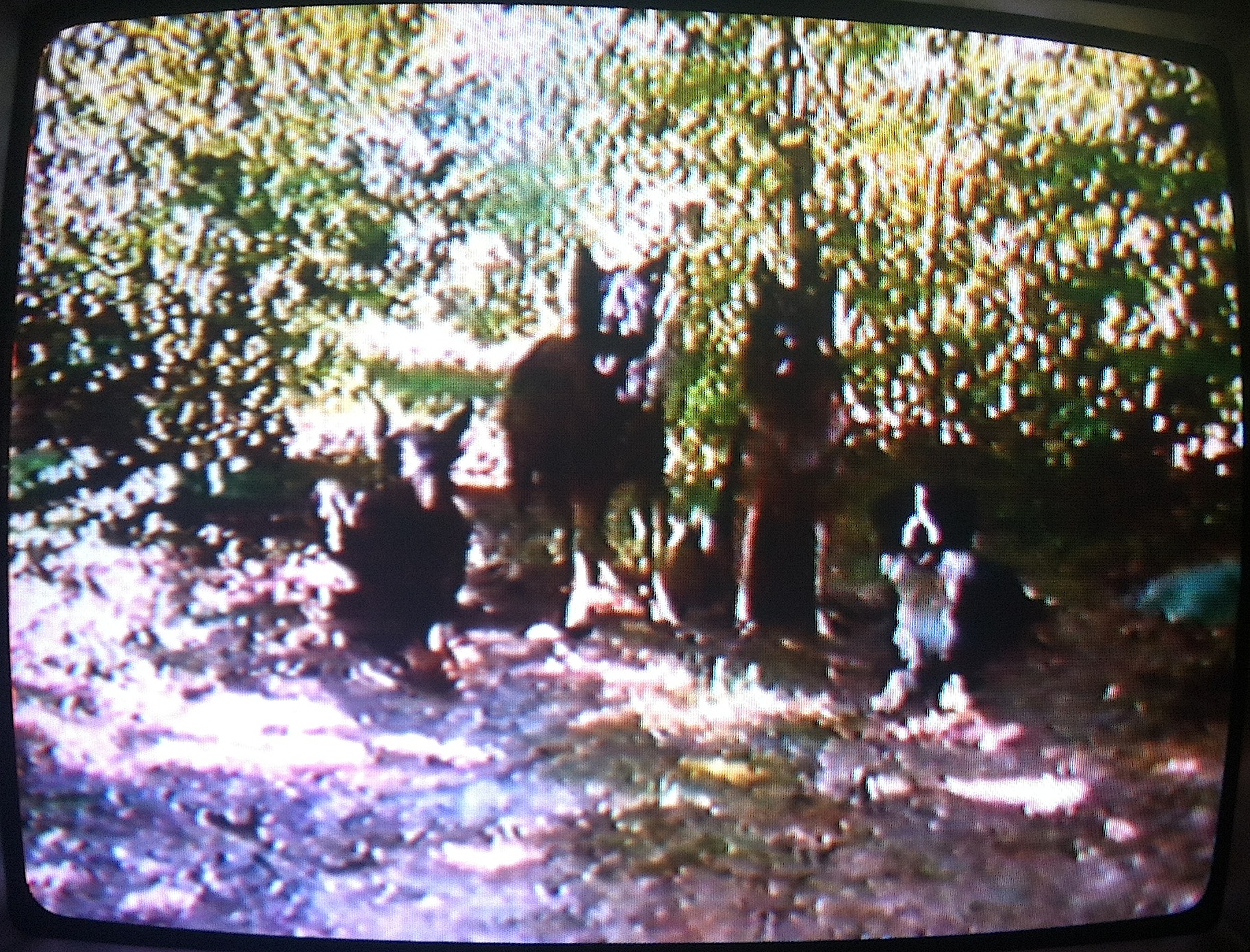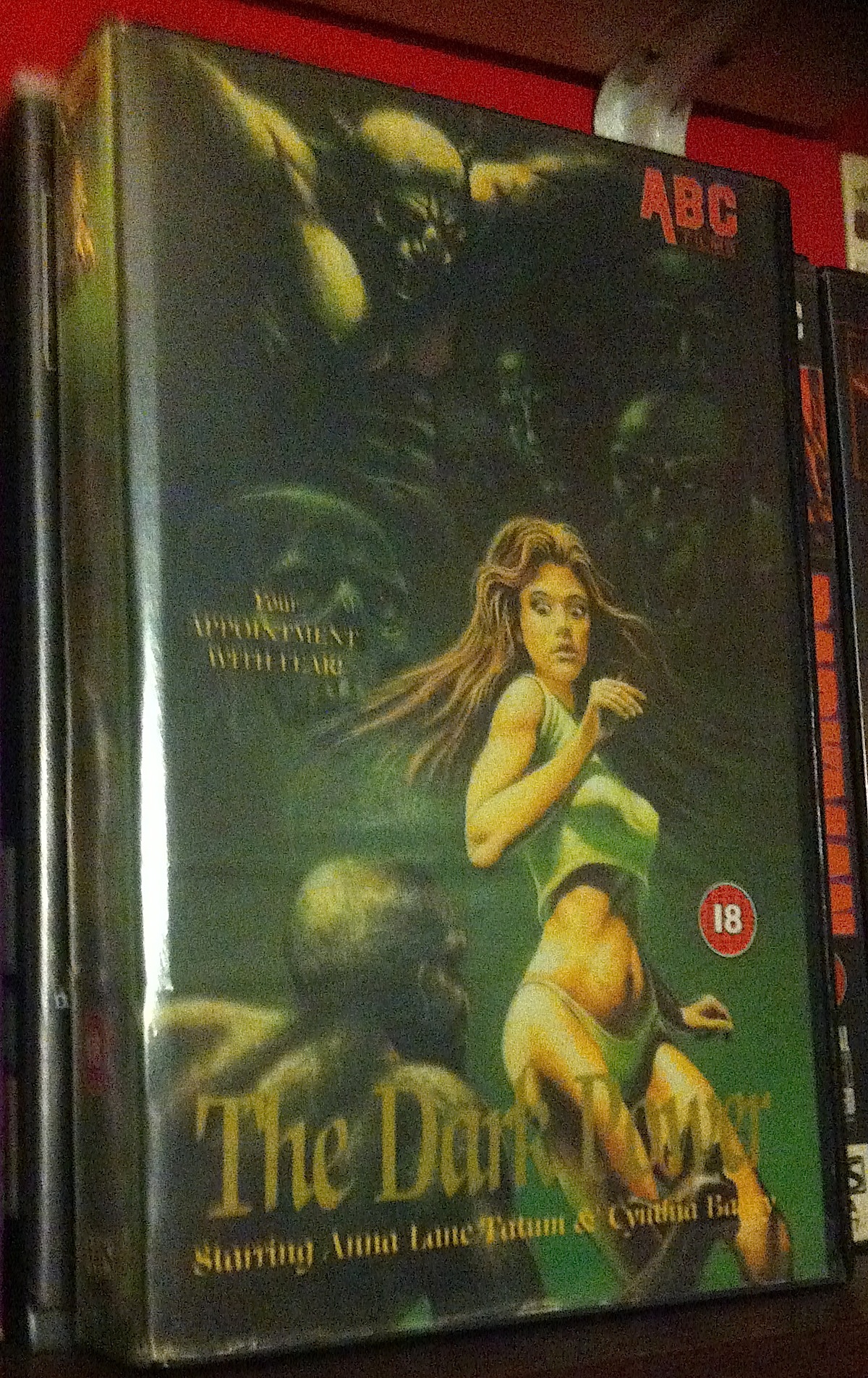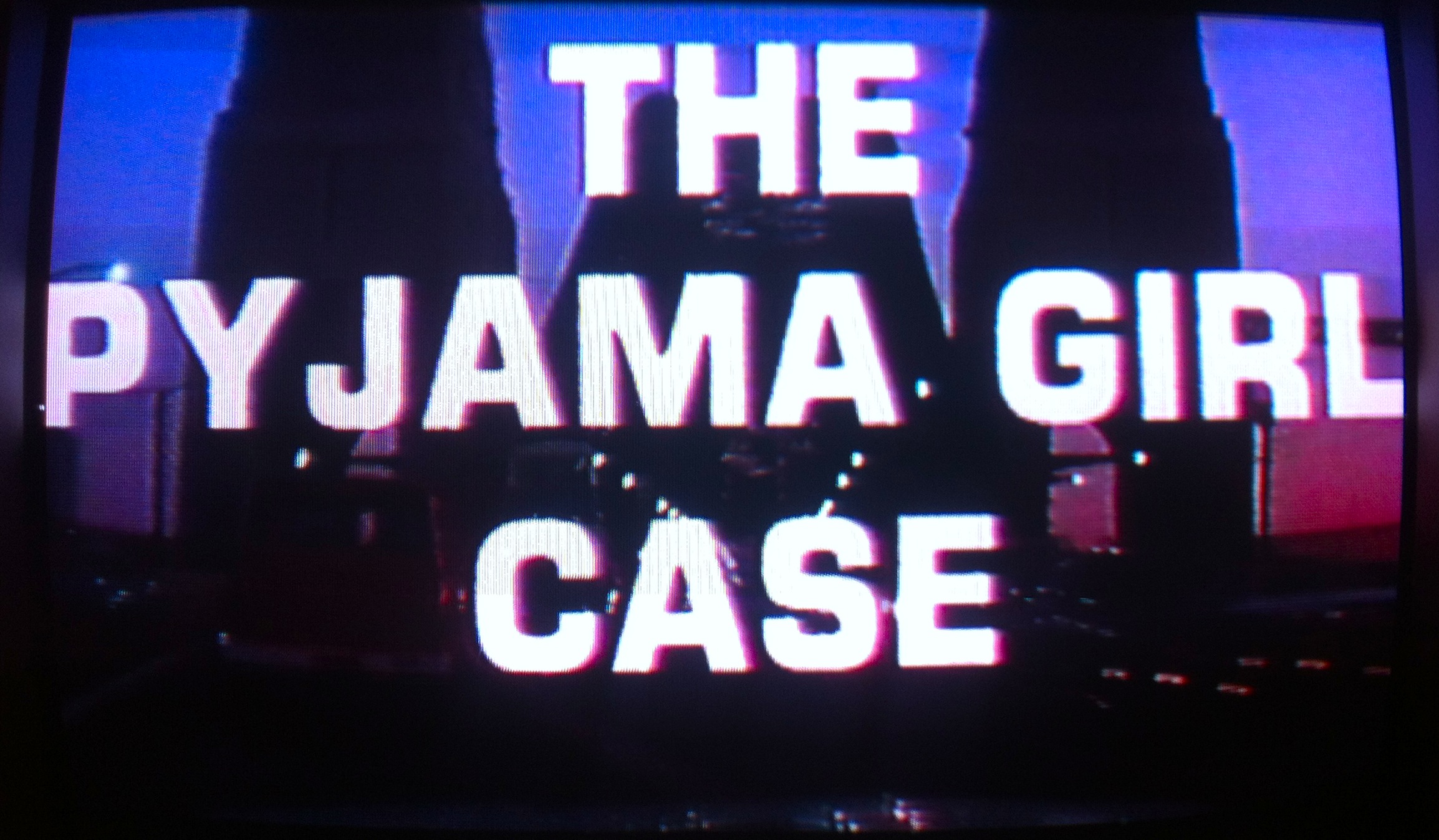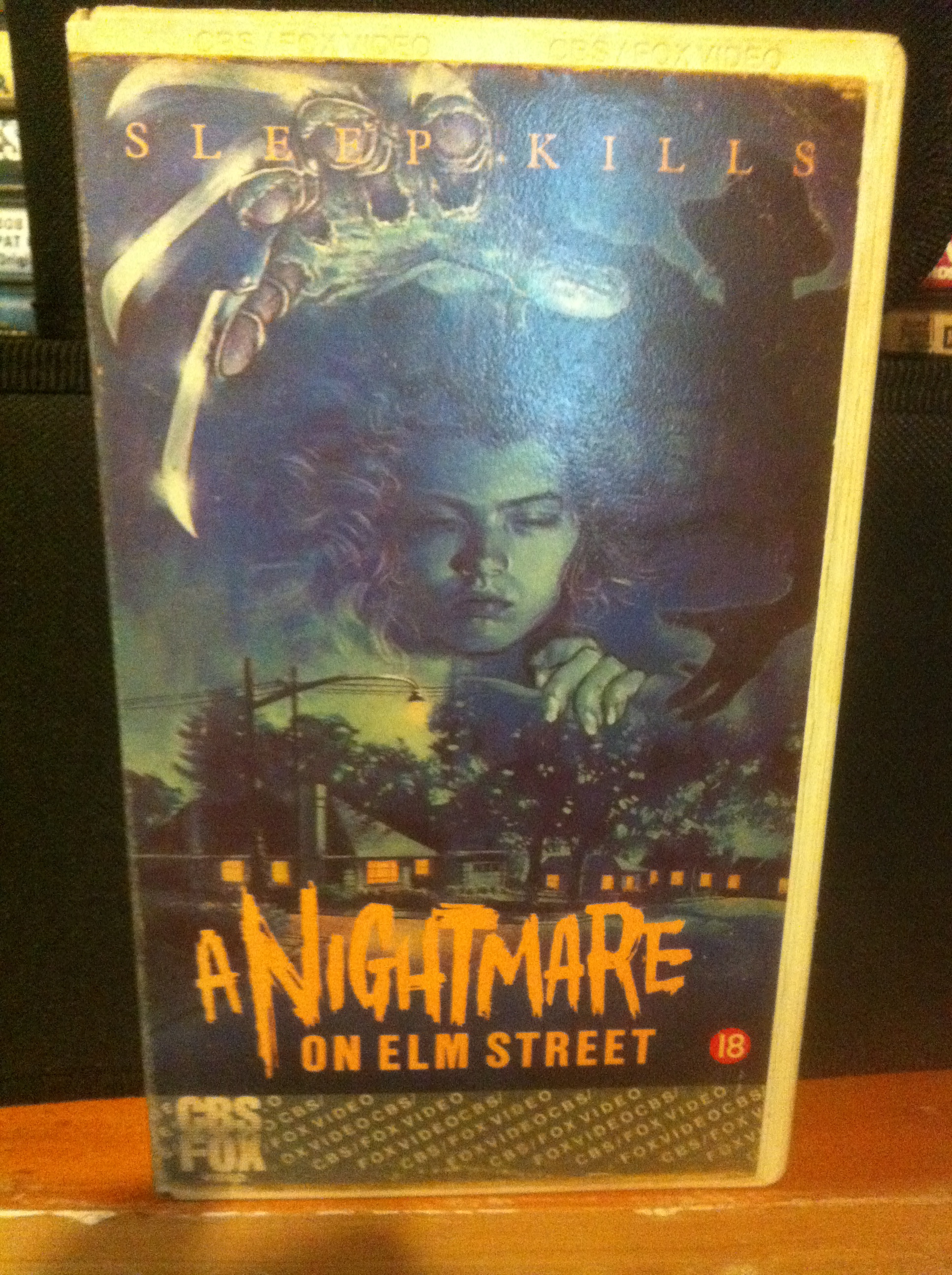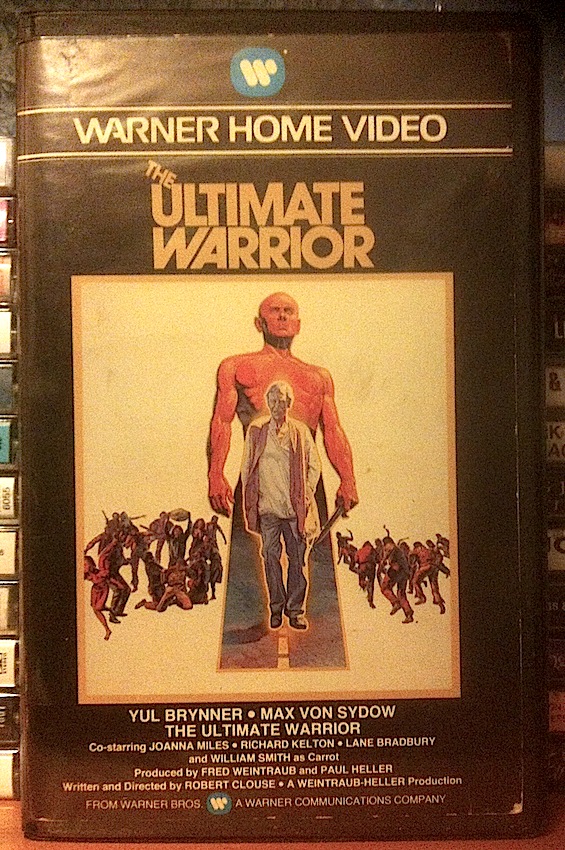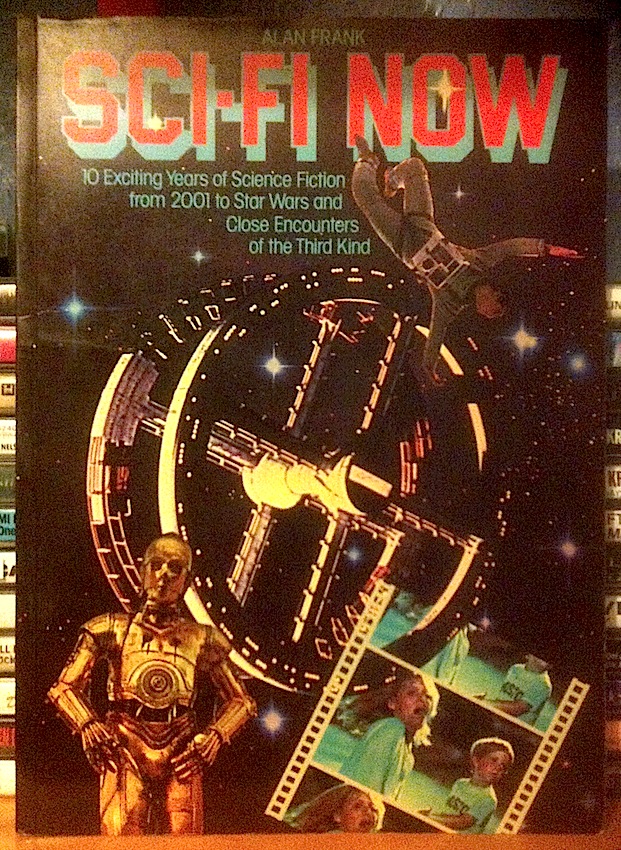During its hugely popular annual Salmon Festival, sleepy fishing town Noyo finds itself under attack from murderous, fast-evolving rapist mutant fish-men. Only local sturdy blue collar types Jim Hill (B-movie and telly legend Doug McClure – At the Earth’s Core) and Johnny Eagle (Anthony Pena, The Running Man) along with hot science chick (“She’s a great little scientist!”) Dr. Susan Drake (Ann Turkel, Call Harry Crown) stand in their way. That’s right. From Roger Corman’s New World Pictures, a movie about man-killing, woman-raping fish monsters. 1980. What a time to be alive.
Similar in many ways to Corman’s earlier fish-centric horror offering Pirhana, Monster eschews that Joe Dante helmed gem’s panache and cine literate humour in favour of an effective straight ahead, no frills approach from exploitation and Corman veteran Barbara Peeters (Bury Me an Angel, Starhops). However, Corman did bring in an uncredited second director to add extra nudity and gore – both of which are in liberal supply even by the standards of horror movies of the 1980s. One such scene riffs on the traditional genre ‘interrupted make-out’ moment, where a young couple on the beach are attacked while getting naked in a tent. For no discernible reason, here ventriloquism – complete with dummy – has been added to the mix, bringing a welcome level of absurdity which up to that point we hadn’t known this tale of monster rape-fish was lacking.
Other than that, there’s little or no humour to speak of, instead we get a pacey environmental thriller (there’s an evil cannery business called CanCo!) with a related subplot involving small town bigotry (an effective villainous turn from schlock veteran Vic Morrow – Bronx Warriors, Message from Space). It’s all well enough shot, the creature designs are great and the cast is game. The top notch gore makeup is from Rob Bottin (Total Recall, Robocop) while the old fashioned but effective score is by James Horner (Titanic). Future industry names to be spotted in the technical credits include production assistant Gale [Ann] Hurd (big league producer of Terminator et al) and electrician Rowdy Herrington (director of Jack’s Back and Road House).
The steady pace picks up in the last half hour or so, taking in a pleasingly chaotic and surprisingly large scale multi-creature attack on the Salmon Festival, leading up to a great, gruesome, shock ending. Watching, as nature intended, on an old pre-cert ex-rental VHS, all that gore and nudity is still pretty full-on by today’s standards, almost certainly enough to cause offence to the wrong audience. All done in under an hour and twenty minutes, it’s good stuff.




